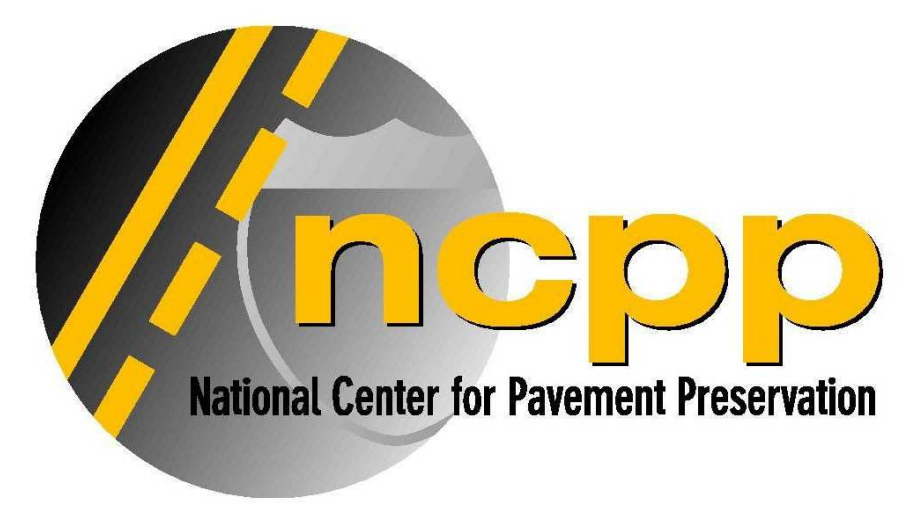Preservation In The Real World
Studies and test tracks contribute tremendously to understanding how best to utilize preservation. But sometimes amazing things get brought to light just by doing the work.
A Tale of Two Townships
The center of this road marks the boundary between two townships in the Northeast US. In 2004, the townships split the cost to perform a 2.5" mill and pave with plant mix asphalt. In 2010, the township on the right decided to perform pavement preservation utilizing crack sealing and a micro surfacing. The township on the left declined to participate. By the time this photo was taken in 2018, the differences in the road couldn't have been more striking. Understandably, the township on the left now employs a hearty pavement preservation program.
Lemons to Lemonade
In 2006, this state highway running through a rural Virginia town was milled and replaced with plant mix asphalt. Mistakes were made during road marking that required the centerline striping to be eradicated. The eradicated section was then covered with a slurry seal to provide a suitable surface for re-striping. This photo was taken thirteen years later. One can clearly see the benefit that sealing the pavement so early had on the condition of the center lane so many years later. One theory is that the slurry seal inhibited normal maltene loss and allowed the underlying asphalt to retain its plasticity for much longer. Unfortunately, the poor condition of the other lanes meant the entire road had to be milled and resurfaced so no further study was done. Who knows how long it would have lasted if the whole road had been sealed soon after paving. Clearly more research in this area is needed.
Learn how administrators around the country are using preservation to improve their networks in the webinar videos posted here.
Learn more about the success and benefits of pavement preservation by clicking the logo of one of the organizations below.
An Equal Opportunity Employer – Veterans/Disabled and Other Protected Categories





